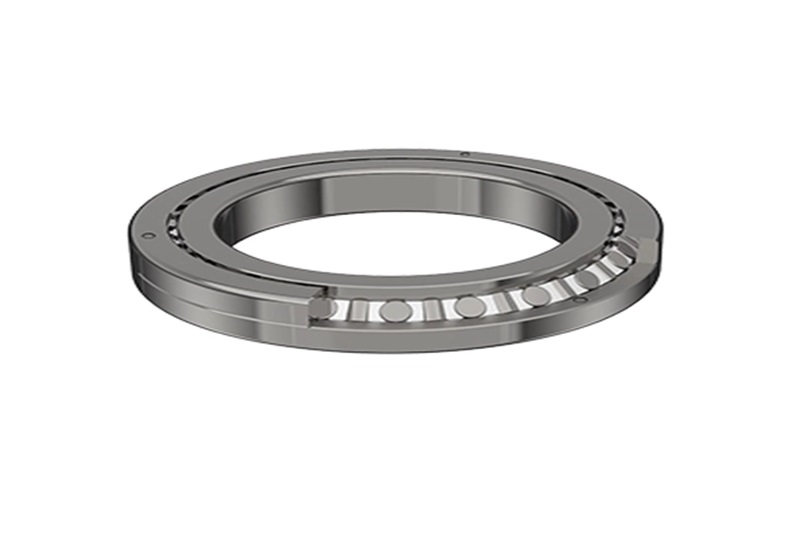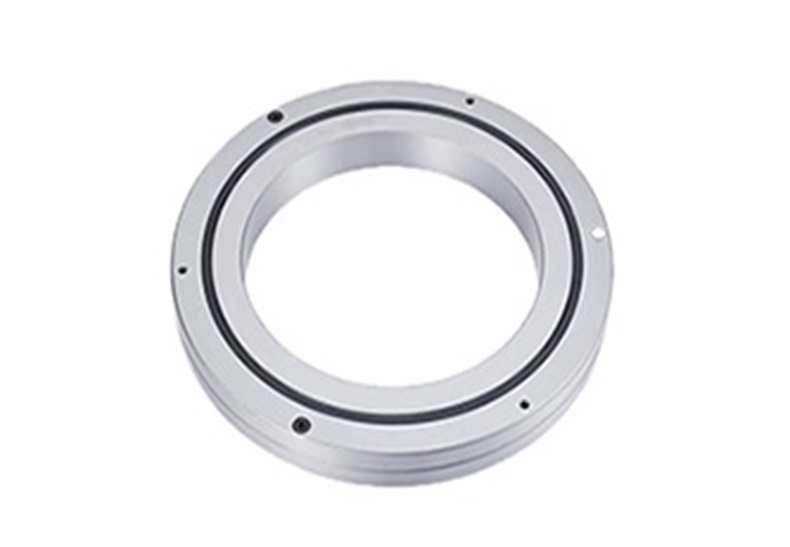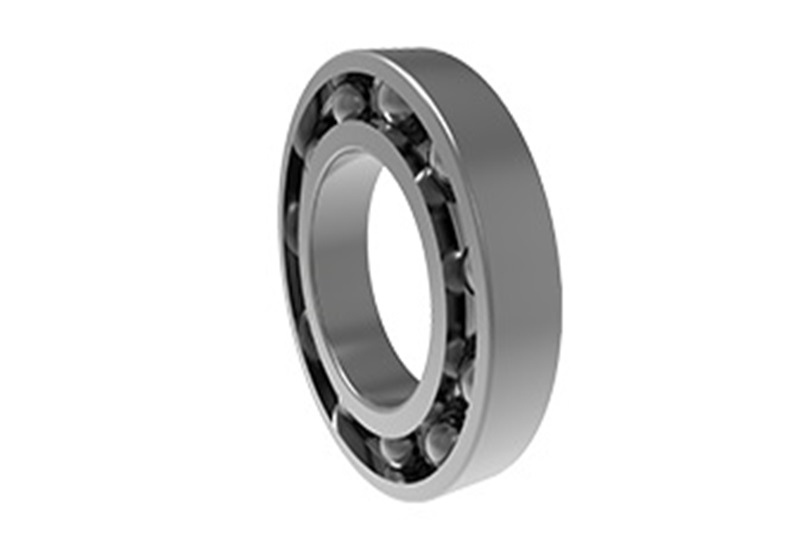Selection of bearing type
There are many types of rolling bearings, and it is very important to choose the right type according to the specific conditions and requirements during use. Here are some factors to consider when choosing.
Installation space of bearings
Before selecting a bearing product, the inner diameter of the bearing can be determined according to the size of the shaft diameter, and the width and outer diameter of the bearing can be reasonably allocated according to the spatial layout of the entire shafting system, and then the available bearing type can be selected.
A load of bearings
The magnitude, direction and nature of the load are factors that must be considered when selecting a bearing. The load capacity of the bearing is expressed by the rated load. Generally speaking, the radial load rating of the same inner diameter bearing from small to large is deep groove ball bearing, angular contact ball bearing, precision tapered roller bearing, spherical roller bearing, cylindrical roller bearing. Considering whether there is an only one-way radial load or axial load, or two-way load, the magnitude of vibration or shock, etc., consider the selection of the most suitable bearing type. Paired or multi-row angular contact ball bearings and tapered roller bearings can not only bear radial load, but also can bear bidirectional axial load; while spherical roller bearings can bear a certain axial load, and can also be used for vibration and impact occasions.
Rotation speed of bearings
The limiting speed of the bearing is limited by factors such as bearing size, cage form, accuracy grade, load condition and lubrication method. Bearing products generally used in high-speed rotation applications include deep groove ball bearings, angular contact ball bearings, and cylindrical roller bearings.
Rotation accuracy of bearings
For occasions that require high rotation accuracy (above P5), deep groove ball bearings, angular contact ball bearings, cylindrical roller bearings are generally used, and the rotation accuracy of backing bearings commonly used in cold rolling mill support rolls is more than P4.
The inner and outer rings are relatively inclined of bearings
The relative tilt of the inner ring and the outer ring caused by the installation error, the poor machining accuracy of the shaft and the bearing housing, or the deflection of the shaft caused by the load, may cause damage to the bearing due to the internal load.
The allowable tilt of each type of bearing is from small to large: cylindrical roller bearings, tapered roller bearings, deep groove ball bearings, angular contact ball bearings, and spherical roller bearings.
Installation and removal of bearings
When assembly and disassembly are frequent, use cylindrical roller bearings, needle roller bearings and tapered roller bearings with separable inner and outer rings; tapered hole self-aligning ball bearings and tapered hole self-aligning roller bearings use fasteners or withdrawal sleeves to facilitate assembly dismantle.














 English
English  français
français  Deutsch
Deutsch  italiano
italiano 



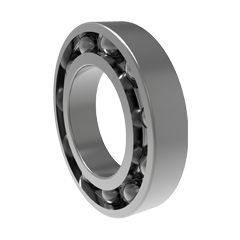
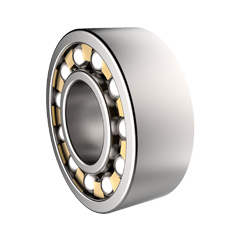
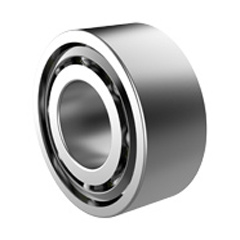
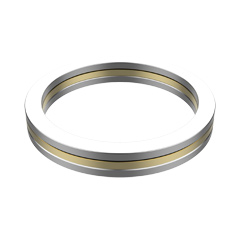
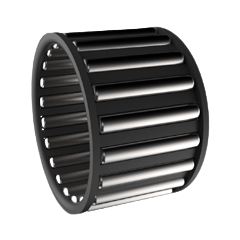
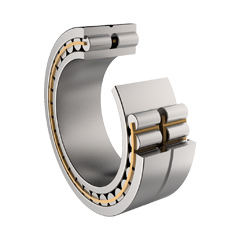
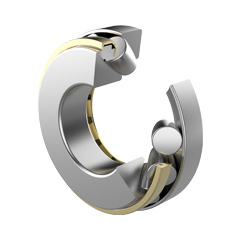
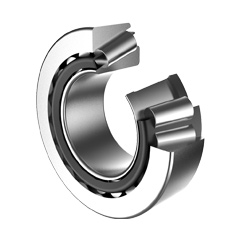
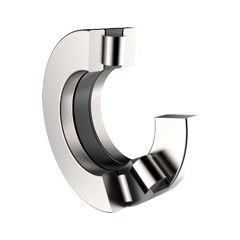
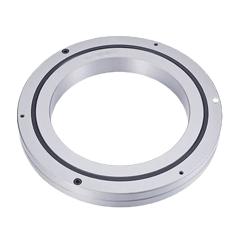
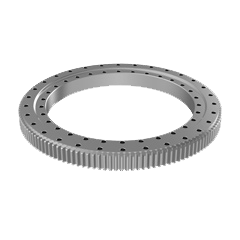

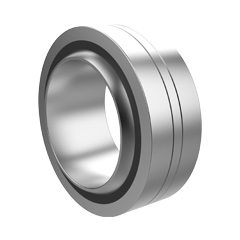

 English
English  français
français  Deutsch
Deutsch  italiano
italiano 

